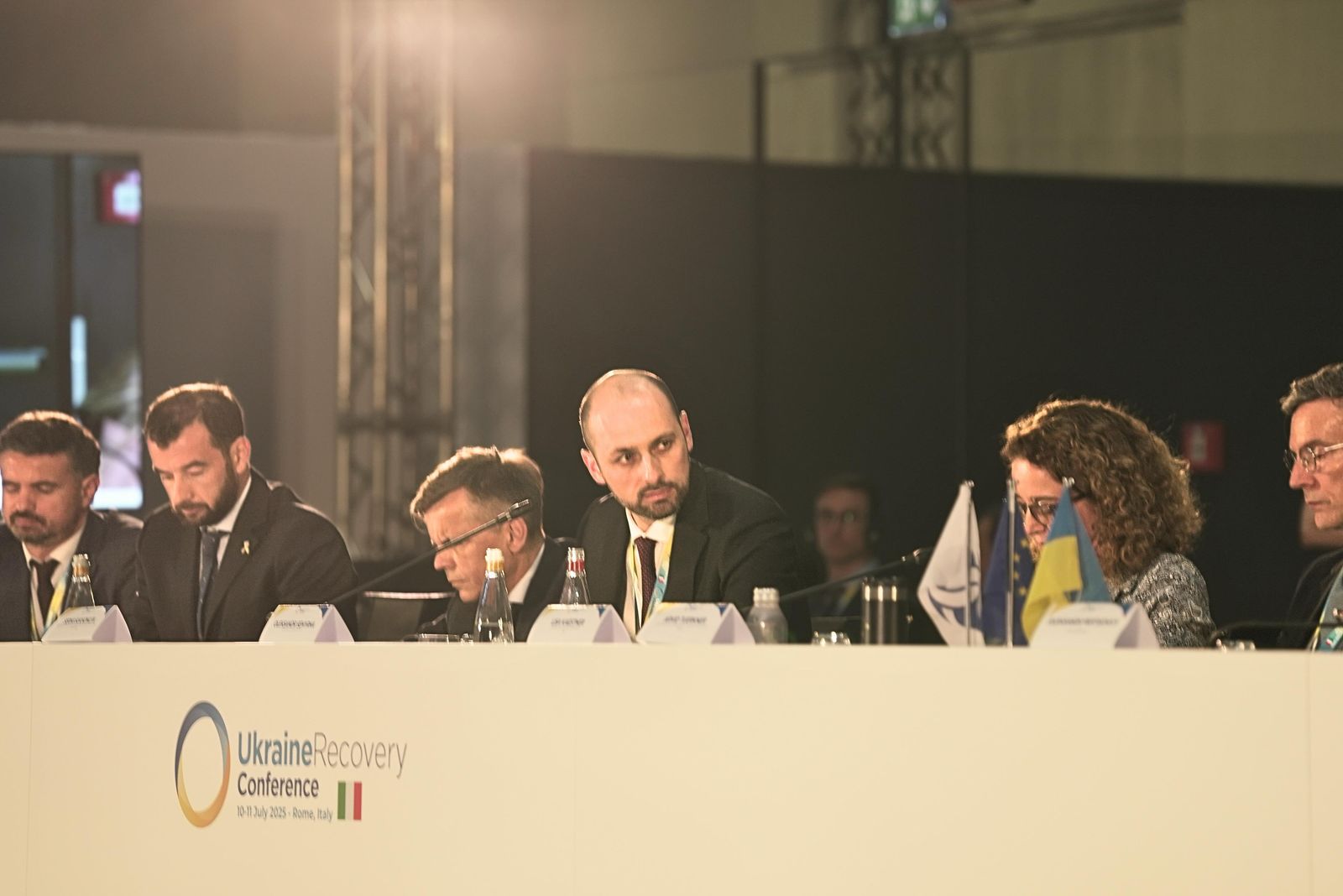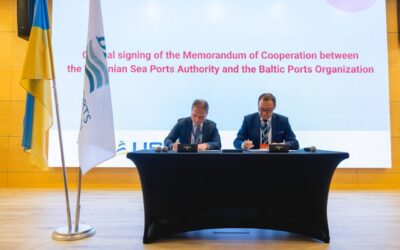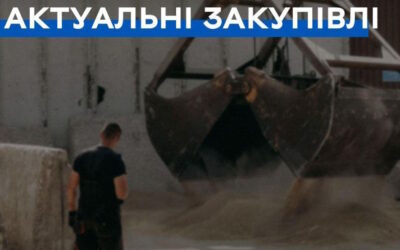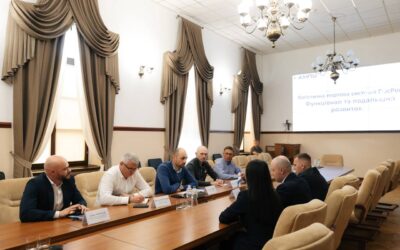The Ministry for Development of Communities and Territories of Ukraine, in partnership with Ernst & Young (EY), hosted a sectoral roundtable focused on the development of transport infrastructure. The event was held as part of the Ukraine Recovery Conference and brought together government officials, representatives of international financial institutions, and leading industry experts.
The discussion was attended by delegates from the European Investment Bank, the European Bank for Reconstruction and Development, the International Finance Corporation, and other international partners of Ukraine.
The panel was moderated by Andrea Guerzoni, EY Global Vice Chair, who highlighted Ukraine’s progress in his opening remarks:
“Given the current security environment, Ukrainian seaports are demonstrating remarkable performance.”
Key topics discussed included infrastructure modernisation, prospects for public–private partnerships, investment attraction, and enhancing logistics resilience. During the event, Oleksandr Semyrga, Head of the SE “USPA”, presented his vision for the future of the port sector amid wartime conditions:
“We are pressing forward — despite constant threats and shelling. Our top priority is to find ways to ensure industry development under these difficult circumstances and to prepare now for future competition with European ports in peacetime.”
USPA’s strategic focus is currently directed toward critical areas: infrastructure, digitalisation, international assistance, financing and the renewal of the technical fleet.
“We are committing over USD 100 million of our own funds to implement essential projects — repairing berths, port railway infrastructure, roads, buildings and other facilities that have been damaged or destroyed. But we are not only investing in concrete and steel. We are investing in technology,” emphasised Oleksandr Semyrga.
He also underlined Ukraine’s active adoption of innovative technologies in the port sector:
“We are focused on integrating modern technologies, developing our own digital services, and learning from international partners how to effectively deploy drones for a variety of tasks. This approach saves both time and money. Why? For example, over 60% of our fleet was built during the Soviet era. Maintenance costs are high, and spare parts are manufactured in Russia — limiting our ability to keep these vessels operational. Therefore, part of our renewal programme includes the establishment of a drone technology centre and the procurement of a modern fleet — including vessels, pilot boats and other essential equipment — for use across all Ukrainian ports.”






